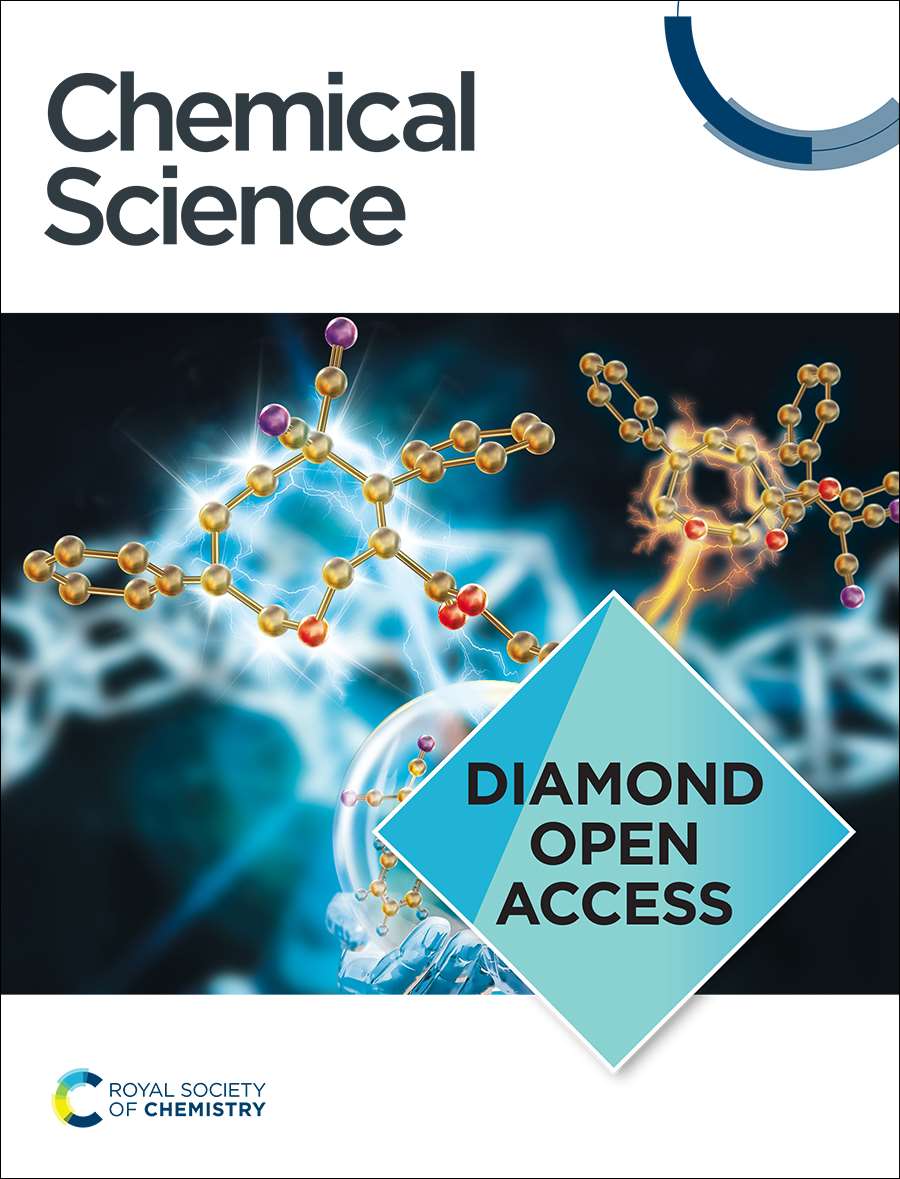Photodynamic therapy photosensitizers and photoactivated chemotherapeutics exhibit distinct bioenergetic profiles to impact ATP metabolism
IF 7.6
1区 化学
Q1 CHEMISTRY, MULTIDISCIPLINARY
引用次数: 0
Abstract
Energy is essential for all life, and mammalian cells generate and store energy in the form of ATP by mitochondrial (oxidative phosphorylation) and non-mitochondrial (glycolysis) metabolism. These processes can now be evaluated by extracellular flux analysis (EFA), which has proven to be an indispensable tool in cell biology, providing previously inaccessible information regarding the bioenergetic landscape of cell lines, complex tissues, and in vivo models. Recently, EFA demonstrated its utility as a screening tool in drug development, both by providing insights into small molecule-organelle interactions, and by revealing the peripheral and potentially undesired off-target effects small molecules have within cells. Surprisingly, technologies to quantify cellular bioenergetics have not been systematically applied in phototherapy development, leaving open several questions about how the mechanism of action of a compound can impact essential cellular functions. Here, we utilized the Seahorse Analyzer to address this question for photosensitizers (PSs) for photodynamic therapy (PDT) and contrast these systems to molecules that photo-release a ligand and thus act as photocages or photoactivated chemotherapeutics (PACT), intending to understand the influence these two classes of compounds have on cellular bioenergetics. EFA results show that acute treatment of A549 lung adenocarcinoma cells with PDT agents induces a quiescent bioenergetic response as a result of mitochondrial respiration shutdown. The loss of oxidative phosphorylation is followed by disruption of glycolysis, which occurs after an initial increase in glycolytic respiration is unable to compensate for the interruption of the electron transport chain (ETC). In contrast, the PACT agents tested had little impact on cellular respiration, and the minor inhibition of these metabolic processes was not related to the mechanism of action, as reflected by a lack of correlation with photoejection efficiency. Notably, a system capable of both generating 1O2 and photo-releasing a ligand exhibited the dominant profile of a PDT agent and induced the quiescent bioenergetic state, indicating potential implications on cellular bioenergetics for so-called dual-action agents. These findings are presented with the aim to provide the necessary groundwork for expanding the application and utility of EFA to phototherapeutics and to highlight the role of metabolic alterations in PDT.光动力疗法光敏剂和光激活化疗药物表现出不同的生物能特征,影响 ATP 代谢
能量对所有生命都至关重要,哺乳动物细胞通过线粒体(氧化磷酸化)和非线粒体(糖酵解)代谢以 ATP 的形式产生和储存能量。细胞外通量分析(EFA)已被证明是细胞生物学中不可或缺的工具,可提供以前无法获得的有关细胞系、复杂组织和体内模型生物能状况的信息。最近,EFA 作为药物开发中的一种筛选工具,通过深入了解小分子与细胞器的相互作用,以及揭示小分子在细胞内产生的外围效应和潜在的不良脱靶效应,证明了它的实用性。令人惊讶的是,量化细胞生物能的技术还没有被系统地应用于光疗研发,这就留下了几个问题,即化合物的作用机制如何影响细胞的基本功能。在这里,我们利用海马分析仪解决了用于光动力疗法(PDT)的光敏剂(PSs)的这一问题,并将这些系统与光释放配体从而充当光笼子或光激活化疗药物(PACT)的分子进行了对比,旨在了解这两类化合物对细胞生物能的影响。EFA 结果表明,用 PDT 药剂对 A549 肺腺癌细胞进行急性处理时,由于线粒体呼吸关闭,会诱发静态生物能反应。在氧化磷酸化丧失之后,糖酵解也随之中断,这是在糖酵解呼吸的初始增加无法弥补电子传递链(ETC)的中断之后发生的。与此相反,测试的 PACT 药剂对细胞呼吸几乎没有影响,对这些代谢过程的轻微抑制与作用机制无关,这一点从与光注射效率缺乏相关性可以看出。值得注意的是,一个既能产生 1O2 又能光释配体的系统表现出了光诱导治疗剂的主要特征,并诱导了静息生物能状态,这表明所谓的双重作用药物对细胞生物能有潜在的影响。介绍这些发现的目的是为扩大 EFA 在光疗中的应用和效用提供必要的基础,并强调新陈代谢的改变在 PDT 中的作用。
本文章由计算机程序翻译,如有差异,请以英文原文为准。
求助全文
约1分钟内获得全文
求助全文
来源期刊

Chemical Science
CHEMISTRY, MULTIDISCIPLINARY-
CiteScore
14.40
自引率
4.80%
发文量
1352
审稿时长
2.1 months
期刊介绍:
Chemical Science is a journal that encompasses various disciplines within the chemical sciences. Its scope includes publishing ground-breaking research with significant implications for its respective field, as well as appealing to a wider audience in related areas. To be considered for publication, articles must showcase innovative and original advances in their field of study and be presented in a manner that is understandable to scientists from diverse backgrounds. However, the journal generally does not publish highly specialized research.
 求助内容:
求助内容: 应助结果提醒方式:
应助结果提醒方式:


